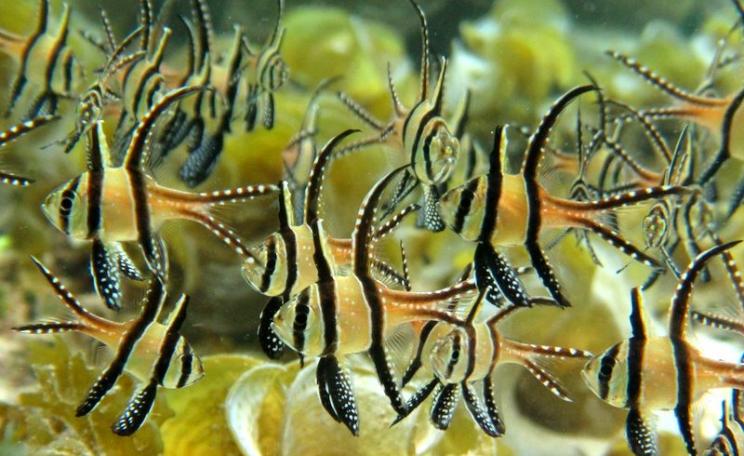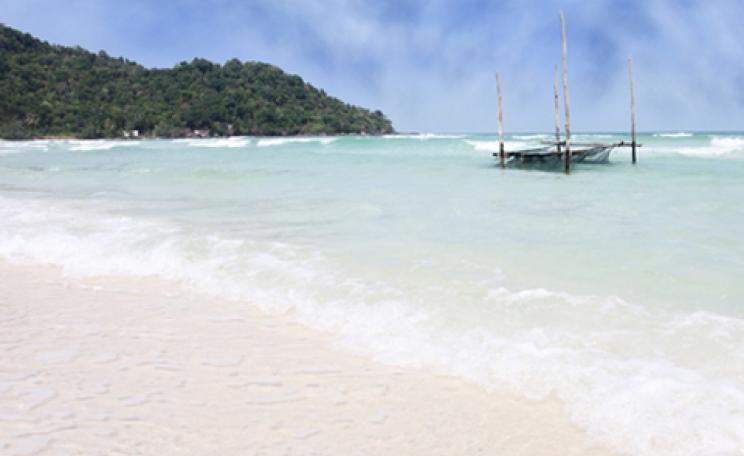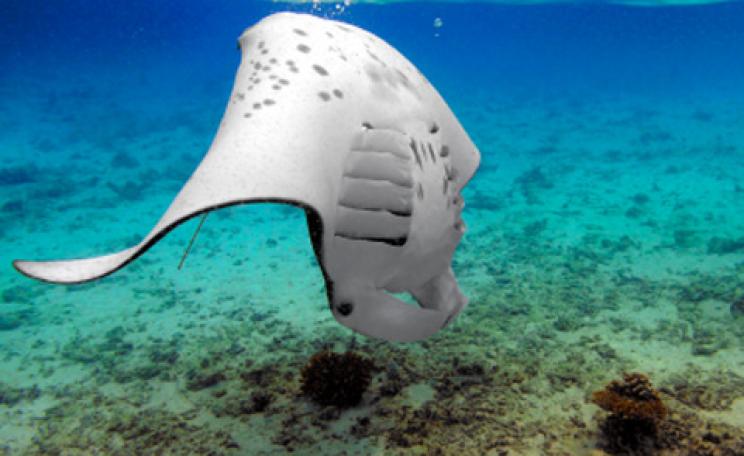The Slow Loris is cursed with a face that humans adore
Recently the popstar Rhianna photographed herself with an extremely cute Slow Loris while in Thailand. The picture made the world's press, as did the fact that the Thai Police then arrested the men who provided the Slow Loris. Handily, this story sums up exactly why we needed to launch our new campaign - No Photos, Please!

When on holiday, just like Rihanna, many tourists immerse themselves in the local sights and sounds: historic buildings, beautiful beaches, great nightlife. In that spirit of adventure, it's very easy to get caught up in the moment when a stranger appears clutching the cutest wild animal you've ever seen. It could be a slow loris in Phuket, a monkey in a dress in Marrakesh, a lion cub in Cancun or (less cute but quite exotic), a snake in a basket in Delhi.
You hand over the small fee, the animal is plonked on your shoulder or handed over for a cuddle, and ‘snap' - you've got your Facebook photo or one for the album back home.

You move on. End of story. However, it's not actually the end of the story. It's not even the beginning of the story. Let's re-wind a bit.
In the jungles of southern Asia, the primate known as the slow loris has lived its private life for at least 18 million years. However, it is cursed with a face that humans adore, and that is leading to its downfall. The exotic pet trade and traditional medicine have decimated populations as people seek to own or ingest these unique animals. In 2007, Care for the Wild played a leading role in trying to stop the rot by getting the trade in slow lorises banned.
But now, there's a new enemy at the door. The tourist.
Slow lorises, like gibbons before them, and like a range of other animals around the globe, are perfect for the quick snapshot. Organised gangs have cottoned on to this - but let's be clear, the slow lorises don't come quietly.
So how do you get a slow loris from jungle to nightclub? First, you pick a cute one and rip it away from its mother. The mothers don't like this, so they get killed, along with perhaps other members of the group. Several babies are taken in one trip, but as they tend not to travel first class, many will die en route. It is estimated that up to fifty animals die for every one you see on the street in Phuket.
On arrival in the tourist resort, the new owner has a problem - this cute little animal has a temper, it has a poisonous bite, and sharp claws. Simple - remove the teeth and claws. It is unlikely this is done with anaesthetic.
And voila - you have one terrified, mutilated animal with the face of an angel, perfect for gullible tourists. It's also nocturnal, with eyes designed for seeing in the dark - so the neon lights of downtown Phuket will be extremely painful for it. And its natural reaction to stress is to be docile, which again makes it look as though it's enjoying the whole experience.
The Slow Loris is cursed with a face that humans adore
This story could be repeated, to a certain extent, for all the animals being used as ‘photo-props' around the world, and this is why we are asking tourists to stop and ask questions before getting that photo:
There's a lion cub on the beach in Mexico.
- How did it get there?
- Does that monkey really want to be wearing a jumper?
- What happened to its teeth?
- How do they get that bear to dance?
- Why are there no adult animals on display - where did they go?
It's not just on the streets where you'll find ‘photo-prop' animals. Look closer - the so-called ‘sanctuary' where you can cuddle up with tigers or take a stroll with lion cubs. What's actually happening here? Will the animals be released into the wild? Not if you're able to cuddle them they won't.
Don't be afraid to ask questions - preferably before you go.
You can take this a step further, if you dare. The performing dolphin or killer whale at the dolphinarium - is that just a glorified, well-trained photo-prop? Is that okay?
Our new campaign, No Photos, Please! aims to persuade - and perhaps shock - tourists into understanding the true story of what happens to these animals. The posters we're using include the phrases ‘Photo for Facebook? You've Just Liked Animal Abuse'; and ‘Smile! You've just killed my mum'.

They may seem a bit harsh, but we're not trying to blame those who have done this in the past - even Rhianna! Without the facts, it's easy to miss the truth, even if it is staring you in the face with large, pleading eyes.
But from now on, we're hoping that our campaign, and the work of other animal welfare organisations, will help make a difference, and stop tourists before they ‘snap'.
No Photos Please! forms part Care for the Wild International's www.RIGHT-tourism.org animal friendly travel campaign.
You can learn more on the RIGHT-tourism.org website or on their main site at www.careforthewild.com.
Phillip Manbridge is CEO of Care for the Wild International




